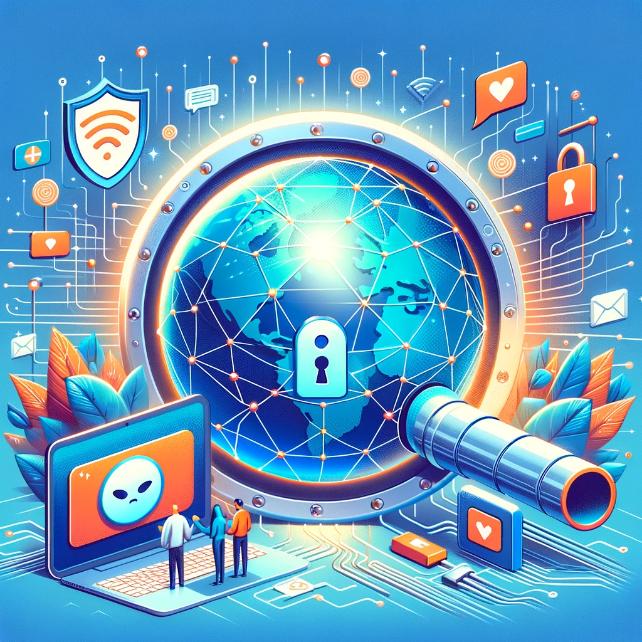Introduction
As artificial intelligence (AI) continues to advance at a rapid pace, there is growing concern about its potential impact on jobs. While AI has the potential to increase efficiency, improve accuracy, and unlock new opportunities, it also has the potential to disrupt traditional industries and eliminate jobs. In this article, we will explore the potential disruptive impact of AI on jobs and discuss ways in which we can address it.
The Growth of AI and Automation
The concept of AI has been around for decades, but recent advancements in technology have made it more accessible and affordable than ever before. This has led to a surge in AI adoption across various industries, from manufacturing and healthcare to finance and customer service. At the same time, automation technologies are also advancing, allowing for tasks and processes to be completed without human intervention. The combination of these two technologies has the potential to fundamentally change the way we work and the types of jobs available.
Potential Impact on Jobs and Industries
Some experts predict that AI and automation could lead to the elimination of millions of jobs in the coming decades. With machines able to perform tasks faster, more accurately, and for a lower cost, many jobs that are currently performed by humans could become obsolete. This could have a significant impact on industries such as manufacturing, transportation, and retail, where jobs involving repetitive or routine tasks could easily be automated.
However, it is not just low-skilled jobs that are at risk. AI is also advancing in areas such as data analysis, decision-making, and customer service, previously thought to be tasks that require human intelligence. This means that even highly skilled jobs could be at risk of being replaced by AI in the future.
Potential Benefits of AI in the Workplace
While the potential impact of AI on jobs is a cause for concern, it is also important to acknowledge the potential benefits it can bring to the workplace. AI has the potential to increase efficiency, improve accuracy, and free up time for employees to focus on more high-value tasks. With machines taking care of tedious and repetitive tasks, employees can focus on tasks that require creativity, critical thinking, and emotional intelligence – skills that are harder for machines to replicate.
Addressing the Disruptive Impact of AI on Jobs
As AI and automation continue to advance, it is essential to address their potential disruptive impact on jobs and ensure that the transition is as smooth as possible. Here are some steps that can be taken to mitigate the negative effects of AI on jobs:
Investing in Education and Training
One of the most critical ways to address the impact of AI on jobs is to invest in education and training programs. This will enable employees to develop the skills necessary to work alongside AI and prepare for new roles that may emerge in the future. Companies can also offer reskilling and upskilling programs to their employees to ensure they are prepared for the changing workplace.
Encouraging Lifelong Learning
In addition to investing in education and training, it is crucial to encourage lifelong learning for employees. As technology continues to evolve at a rapid pace, it is essential for employees to continuously update their skills to remain relevant and employable. This could involve offering online courses or providing incentives for employees to pursue higher education or professional development opportunities.
Creating New Roles and Job Opportunities
While AI may eliminate some jobs, it will also create new roles and job opportunities. Companies and industries must identify and invest in these emerging roles to ensure that there are opportunities for those whose jobs may be displaced by AI. It is also essential to work towards building a diverse and inclusive workforce and provide opportunities for all individuals to benefit from the advancement of AI and automation.
Collaboration between Humans and AI
Instead of viewing AI as a replacement for human workers, it is essential to recognize the potential for collaboration between humans and machines. By leveraging the strengths of both, companies can achieve better results and create new opportunities for growth. This collaboration could involve using AI to enhance decision-making or automating certain tasks while still leaving room for human oversight and input.
Conclusion
The disruptive impact of AI on jobs is a complex and ongoing issue that requires careful consideration and proactive measures. By investing in education and training, encouraging lifelong learning, creating new roles and job opportunities, and fostering collaboration between humans and AI, we can address the potential negative effects of AI on jobs and create a more sustainable future for work. With thoughtful planning and adaptation, we can ensure that AI and automation are used for the betterment of society and the workforce.

